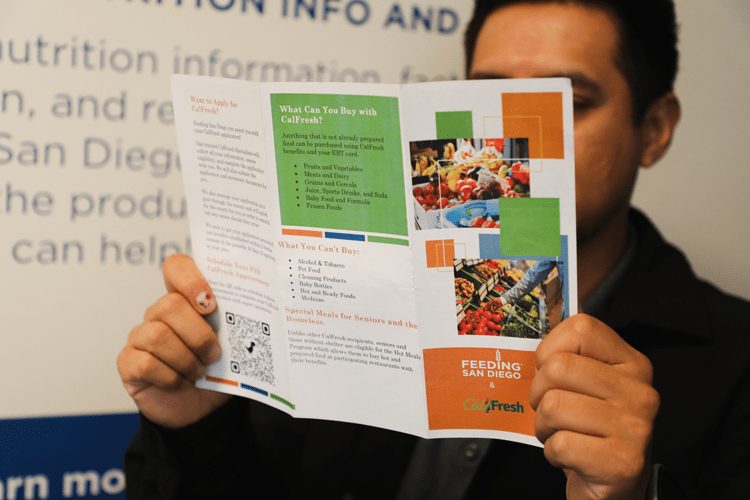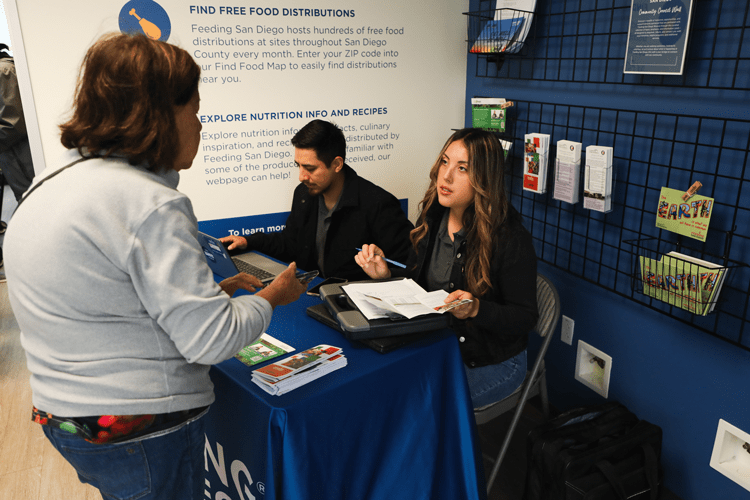Your EBT Balance May Change: How Recent Cuts Will Affect SNAP Benefits
The budget reconciliation bill, known as the “One Big Beautiful Bill,” was signed into law on July 4, 2025. It dramatically changed the Supplemental Nutrition Assistance Program (SNAP) and other social programs. SNAP has many names. Formerly called food stamps, it’s called CalFresh in California and is sometimes referred to as EBT. The cuts to SNAP will have wide-ranging effects, including on your monthly EBT balance. We’ve broken down the upcoming changes to CalFresh benefits and the SNAP program overall.
A pamphlet about Feeding San Diego and CalFresh
Changes to Work Requirements
Before July 2025, anyone aged 18 to 54 who was able to work and did not have dependents under age 18 was known as an able-bodied adult without dependents (ABAWD). ABAWDs could be eligible for benefits for three months every three years unless they met an exemption.
The budget reconciliation changed ABAWD requirements by:
- Extending the age limits of an ABAWD to include individuals from 18 to 64
- Changing the work requirement expectation to those who have a dependent child under the age of 14
- Immediately eliminating work requirement exceptions for people experiencing homelessness, individuals under age 24 who aged out of foster care at 18, and veterans.
- Adding an exemption for individuals who are Indians, Urban Indians, California Indians, and other Indians who are eligible for Indian Health Services
- Limiting waivers to only be allowed if an area has an unemployment rate over ten percent
- Removing the ability for waivers to be based on a lack of sufficient jobs
Changes to Noncitizen Eligibility
CalFresh benefits were previously available to certain lawfully present noncitizens, such as asylees, refugees, parolees, battered noncitizens, trafficking victims, and others. CalFresh eligibility is now limited to:
- Citizens
- Lawfully permanent residents (LPR)
- Cuban or Haitian entrants
- Individuals who reside in the U.S. in accordance with a Compact of Free Association (COFA) agreement
Refugees, those granted asylum, and others not explicitly included in the list above are no longer eligible for CalFresh.
New Benefit Caps
In addition to the changes in eligibility, the reevaluation of the Thrifty Food Plan (TFP) may affect your EBT balance. The TFP outlines the cost of a nutritious, minimal-cost diet when prepared at home. It helps determine the maximum SNAP benefit per household size. Before the OBBB, the TFP would be updated periodically to reflect food prices and current dietary guidelines.
The Act changed the TFP by:
- Capping benefit amounts for households with nine or more members
- Specifying that reevaluation (and update) of the TFP may not happen until October 1, 2027
- Requiring any adjustment to the TFP to be cost-neutral, meaning it cannot increase or decrease in overall expenses
These changes limit increases to SNAP benefits to accommodate new dietary guidelines or the rising cost of food.
Changes to Utility Allowance
Another change that may affect your EBT balance is the limitation of standard utility allowances. Previously, the costs of certain utilities, like energy and Internet, factored into the benefits you received. However, the new law limits the application of a Standard Utility Allowance Subsidy (SUAS) and basic internet expenses to CalFresh benefits. This change will result in a SNAP cut for many working families.
Increased Costs for the State
The budget reconciliation bill also requires states to assume more SNAP administrative costs. Starting in 2027, California will need to pay nearly $2.5 billion annually to maintain current eligibility and benefits. With the current state deficit, California will be unable to cover these costs, which could result in more cuts to the CalFresh program.
Feeding San Diego’s CalFresh team helps a woman understand her options for benefits.
Dealing with EBT Balance Changes
Whether these new changes reduce or end your CalFresh benefits, Feeding San Diego is here to help. Our CalFresh team can help you understand your options. Feeding San Diego also has food distributions throughout San Diego County that can supplement or help replace your benefits. Anyone who needs food is welcome. Use our Find Food Map to find a food distribution near you.











